2026 Author: Howard Calhoun | [email protected]. Last modified: 2025-01-24 13:10:37
Aerodynamic testing of ventilation systems is an important component of the commissioning of modern buildings and structures. This statement is true both for residential and utility rooms of apartments and private houses, and for production workshops. Tests are carried out after the construction is fully completed, and all building support systems are installed. Ventilation systems are becoming more complex and diverse, energy efficiency requirements are increasing, so the correct and more accurate adjustment of ventilation systems becomes important.
Types of ventilation
Three types of ventilation are used in buildings and structures. The simplest, at least outwardly, ventilation is natural. Air enters the room and is removed from it through window and door openings, ventilation ducts.

Artificial ventilation is a system consisting of supply and exhaust units that forcibly circulate air in the room.
There are options for forced ventilation, when either only air supply (supply system) or exhaust is provided. Exhaust ventilation systems remove exhaust air from rooms. They usually include air ducts that form a network of ventilation ducts, exhaust fans and ventilation grilles.
Heated air can be supplied from the outside through the ventilation pipes and lines. This is already a combined ventilation and air heating system.
Two main types of ventilation systems can be combined in various ways depending on the goals and objectives, forming a third type - combined ventilation.
What kind of ventilation is suitable for a particular room is determined at the design stage, based on technical and economic considerations, based on compliance with sanitary and hygienic norms and rules.
The ventilation system of individual rooms and the building as a whole is characterized by four features. This is its purpose, service area, method of air movement and design.
Ventilation requirements
The main purpose of ventilation is to maintain certain air parameters in the room. It's about cleanliness and humidity. Air masses must be distributed evenly, and the ventilation system must also cope with this.
From the premises mustpolluted air with carbon dioxide, dust, smoke, unpleasant odors is removed, and fresh air, free of impurities, enters it.
Air exchange in ventilation systems must be controlled.
In residential buildings, first of all, proper air exchange is important in kitchens, toilets and bathrooms, then in bedrooms and nurseries.
In industrial environments, this process is vital when working with hazardous substances or in hazardous environments. This, for example, chemical and steel production. In medical facilities and veterinary laboratories, where there may be a high content of pathogenic bacteria in the air, regular air cleaning is necessary.

In order for the characteristics and composition of the air to meet the standards, aerodynamic tests of ventilation are carried out.
Test parameters
During the tests, they check, firstly, the correctness of the calculation of design indicators and the correspondence of the actual data to them. The air flow rate, system performance, air exchange rate are checked.
Aerodynamic tests allow you to check the operation of technological equipment and its effect on the ventilation system, to adjust the air flow in it.

During the tests, the equipment is adjusted to the design capacity at all design points. The current indicator is displayed after measurements and comparison of the pressure that the fan develops with the design one.coefficient.
Identification of installation defects - loose fitting elements, poorly fixed nodes, insufficient protection against vibrations and noise - this is also a task that aerodynamic tests of ventilation systems solve.
Examination of existing ventilation systems is carried out to check the operation of ventilation systems, determine the cause of malfunctions and eliminate breakdowns.
Documents for testing
To determine the scope of work to check the ventilation system, an explication (a plan with a breakdown of the areas) and the designation of the premises of the building in which aerodynamic tests will be carried out are needed. In addition, a schematic diagram of ventilation is drawn up, which indicates all branches, nodes, equipment for which passports or certificates of conformity are collected.
If the existing ventilation system is checked, the passport for it is also considered.
Independent control of ventilation systems
The work is carried out by employees of special laboratories accredited to conduct this kind of tests according to certain methods defined in GOST. Aerodynamic tests of ventilation systems are carried out by certified in almost every more or less large city.
Specialists should have a good knowledge of sanitary norms and rules regarding administrative, domestic and residential buildings, ventilation and air conditioning systems.
The passport for the ventilation system can be filled in by the organization that installed it. But there are few firms that check themselves andeliminate shortcomings and possible problems without external pressure. Moreover, shortcomings can appear during the operation of building systems after a long period of time after the completion of work and the completion of settlements with installation organizations.
Therefore, control measurements and certification should be carried out by independent experts during system acceptance, and not when it is required to determine why the design air balance is missing.
GOST 12.3.018-79
Methods for aerodynamic testing of ventilation systems are defined in the state industry standard, approved back in 1979 in the Soviet Union and still in force.
The standard establishes methods for selecting measurement points and processing test results, calculating measurement errors when determining air flow and pressure losses, and safety requirements during work.
Aerodynamic test methods include the choice of sections in which measurements are taken. Such measuring points, in order to avoid data distortion, should be located in accordance with the requirements of GOST at a certain distance, a multiple of the hydraulic diameter of the duct section, from obstacles in the path of the air flow (for example, valves and grilles) and its turns.
The measured section can also be located in places of a sharp change in the diameter of the channel. At the same time, its area is considered to be the smallest cross-sectional area in the narrowing.
Test equipment
GOST "Aerodynamic test methods" (No. 12.3. 018-79) gives not only a list of the necessary equipment formeasurements, but also its accuracy classes in accordance with government standards.
Combined pressure receiver and total pressure receiver are used to measure dynamic and total pressure in fast flow over 5 m/s as well as static pressure in steady flow.
To measure air humidity, both relative and absolute, gas and dust flows from 10 to 90% of the particle content, air temperature from 0 to 50 ° C, dew point and air flow velocity, a combined instrument is used, which includes anemometer and thermohygrometer. You can use these devices separately. It depends on the equipment of a specialized laboratory, for example, an IVTM-7 M2 thermohygrometer and an anemometer with a built-in impeller TESTO 417.

The pressure gauge is used to measure pressure, difference and differential pressure in gas and air flows.
A metrological barometer is used to measure atmospheric pressure.
Ordinary thermometers are used to determine air temperature, and psychrometers are used to determine its humidity.
The design of instruments, especially when measuring in a dusty stream, should ensure their easy cleaning, best with your own hands or with a brush.
Aerodynamic testing is impossible without a funnel for measuring air volume flow. It is used in conjunction with an anemometer. Due to the geometry of the ventilation grilles, the homogeneity and direction necessary for measurements are violatedair streams. Therefore, using this device, the flow is directed to the probe sensor, which are located in the socket, in the part where the measurement quality is most satisfactory.

All measuring instruments are periodically tested by standardization and certification bodies.
Preparing the system for testing
Aerodynamic tests of ventilation networks are carried out with fully open throttling devices that are installed both on the common duct and on all branches from it. Usually in the design of air distributors of supply units there are built-in control devices. They must also be fully open. Under such conditions, at maximum air flow, the fan motor of the forced ventilation system may overheat.
If this happens, the throttle on the main flow is covered, and if it is not provided for in the design, a diaphragm made of thin roofing steel is inserted between the flanges, reducing the air flow at the inlet or outlet of air masses.
Then instruments and equipment are installed as stipulated by GOST. Aerodynamic testing must be carried out in such a way that instrument readings are not distorted due to radiant and convective heat, vibrations and other extraneous factors.

Instruments are being prepared for operation in accordance with their passports or instruction manual.
Working order
For Compliancethe technical documentation for the construction site is checked in terms of heating, air conditioning and ventilation, passports and certificates of conformity for technological equipment. This is the first stage from which aerodynamic testing of ventilation systems begins.
Then, the laboratory specialists determine the number of required measurements, develop terms of reference, determine the cost of the work and make a cost estimate.
At the next stage, all the necessary aerodynamic tests and measurements are carried out with the help of instruments and equipment. It measures the pressure and temperature of the air in the room, dynamic, static and total pressure of the flow, the time during which the anemometer is in the flow and changes in its readings are recorded.

The air flow rate, its humidity and flow rate, the loss of total pressure, the correct installation of gratings and various valves in the system are checked; excess air pressure is measured on the stairwells of the lower floors, in vestibules, elevator shafts; as well as the pressure drop on the closed doors of the escape routes; the rate of removal of combustion products is determined, and much more. Aerodynamic test methods are regulated by the state industry standard.
When carrying out work, it is necessary to ensure that no gases hazardous to he alth or their explosive concentration are formed during the measurement process.
The result of the work is properly executed documents. These are acts and protocols for carrying out work, withthe need for a ventilation system passport and individual installations.
Final Documents
At the initial examination of natural ventilation, an act of such an examination is drawn up. After checking the artificial ventilation, a protocol for measuring the aerodynamic parameters of the ventilation systems is drawn up and a conclusion is issued on the compliance of their actual parameters with the design ones.
Aerodynamic testing of ventilation can be completed with an act that includes information about the operation of process equipment, its productivity, the frequency of air exchange in buildings, the operation of ventilation ducts and the throughput of air filters, and visual inspection data.
Activate impeller type and diameter, pulley speed and diameter, total flow pressure and capacity for the fan; type, speed, power, method of torque transmission, pulley diameter - for an electric motor; pressure drop, percentage of capture and throughput - for filters; type of device, circulation scheme and type of coolant, test results - for heaters and air conditioners.
The passport of the ventilation system, which is required during inspections by the sanitary authorities, must contain data on its purpose and location, performance and other characteristics of process equipment, test results.
The ventilation scheme with all air distribution devices must also be in the passport.
Checking the existing ventilation reveals its breakdown, the need for reconstruction or cleaning.
Why and how are they checkedventilation systems, methods of aerodynamic testing in general terms and documentation that is drawn up based on the results of tests - for general contractors, customers for the construction of residential and public buildings, specialists from management companies and heads of engineering services of industrial enterprises, this information is needed at least in order to understand what kind of documentation you need to prepare, where to apply for certification and testing of ventilation systems.
Recommended:
Hydraulic system: calculation, scheme, device. Types of hydraulic systems. Repair. Hydraulic and pneumatic systems
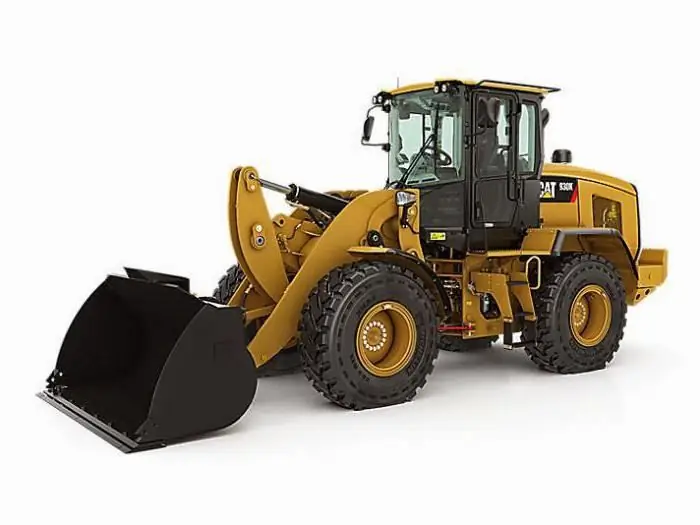
The hydraulic system is a special device that works on the principle of a liquid lever. Such units are used in the braking systems of cars, in loading and unloading, agricultural machinery and even in the aircraft industry
Basic testing methods for asph alt concrete
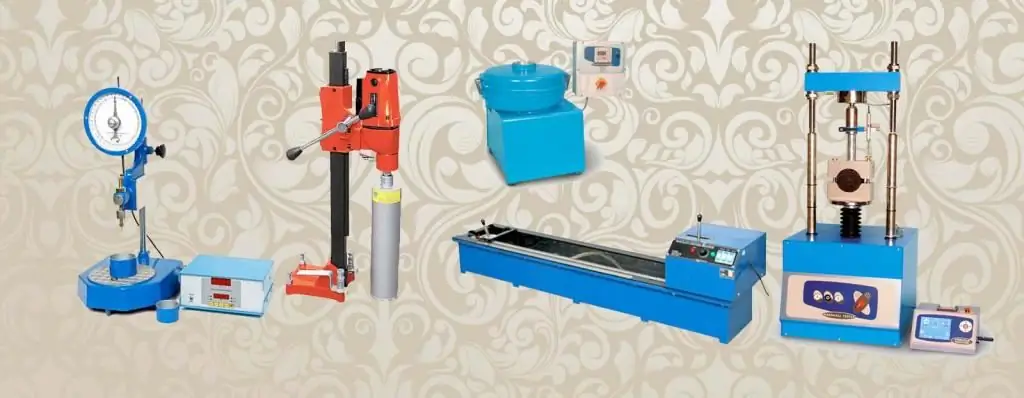
The problem of the quality of the road surface in our country is extremely acute. Therefore, it is very important when accepting the work of construction services to qualitatively and correctly test reinforced concrete. And based on the results of these works, a decision should already be made on the commissioning of road transport infrastructure facilities. In this article, we will talk about the features and rules (GOST) of testing asph alt concrete
Concrete strength meters. Concrete testing methods
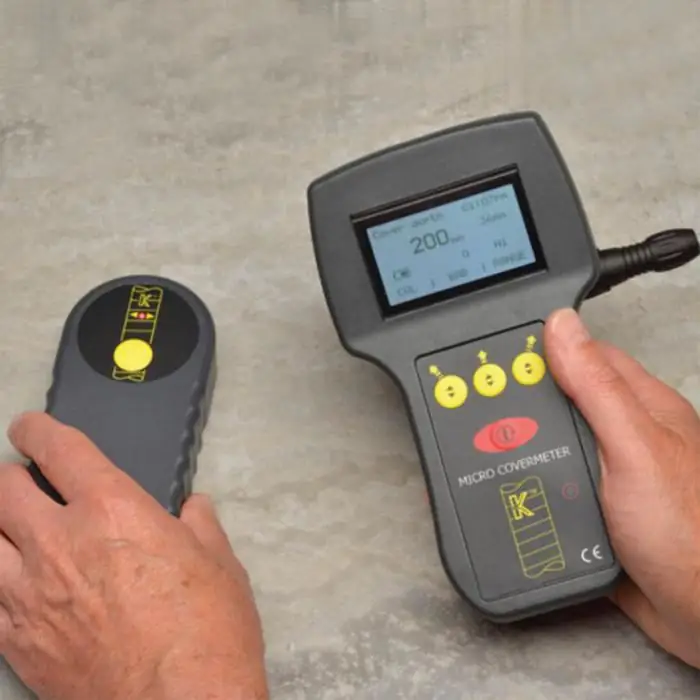
When constructing buildings and structures, it is very important to monitor the strength of concrete. For this, special devices are used. Measurement parameters can vary quite a lot
Ultrasonic testing of welded joints, methods and technology of testing
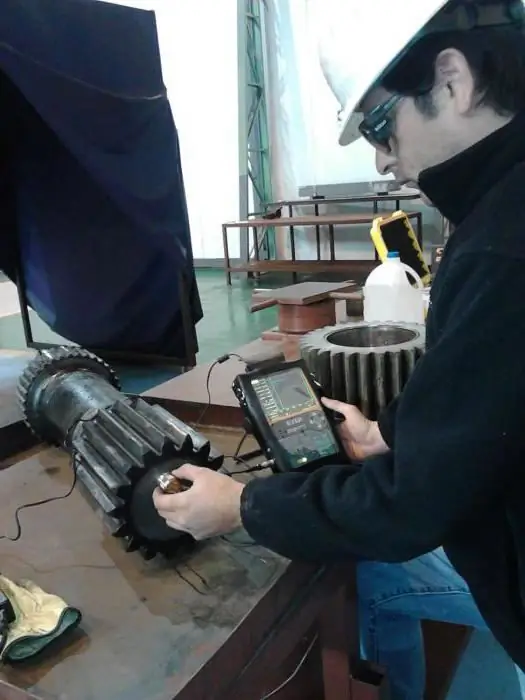
Ultrasonic testing - advanced technology for the study of welding joints and seams. It will be discussed in this article
Maintenance of ventilation and air conditioning systems
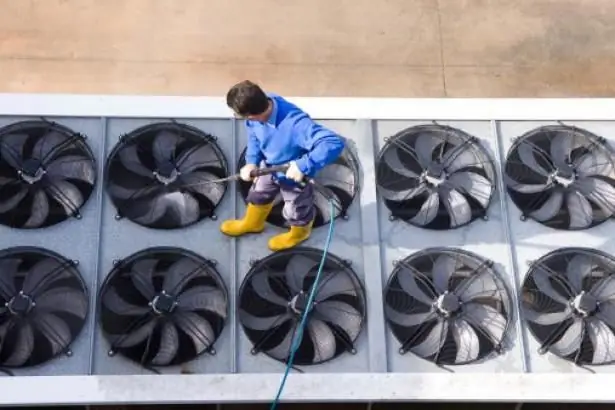
Maintenance of ventilation and air conditioning systems is carried out by persons and organizations that have a special license. This activity requires certain knowledge and skills

